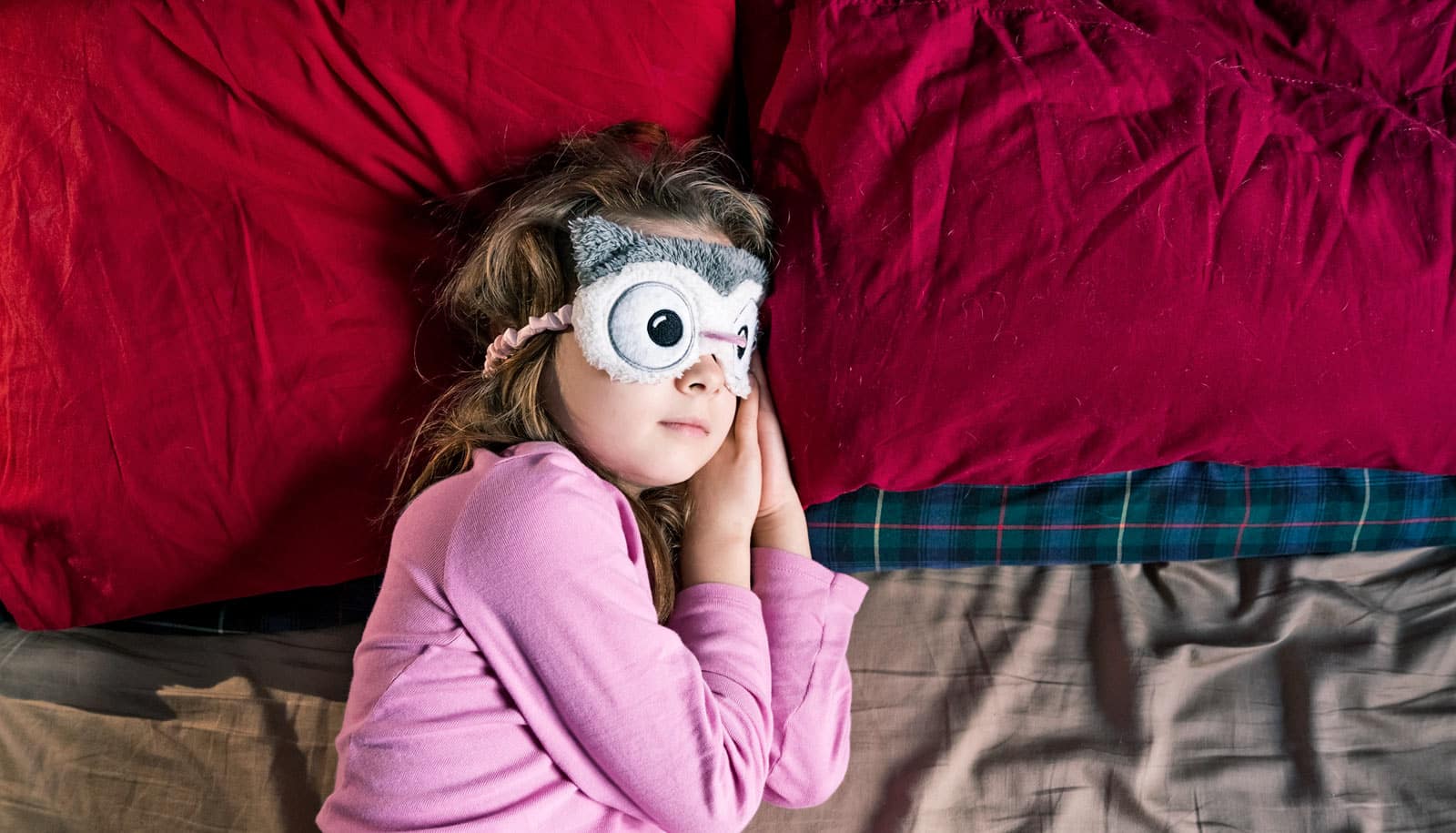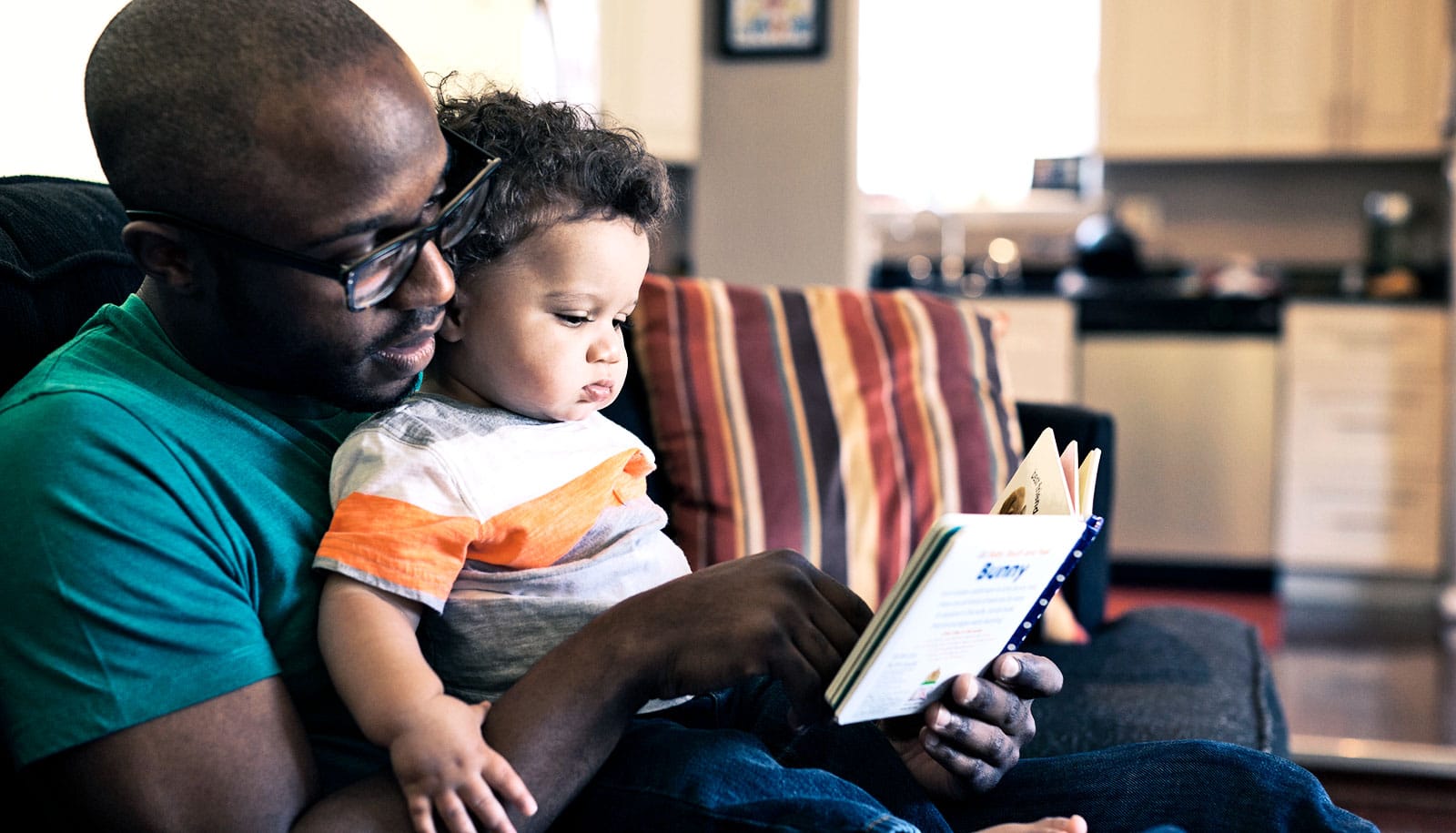While napping can help young, typically developing children learn, it may have the opposite effect in children with Down syndrome, according to a new study.
For people with the condition, memory difficulties and sleep disorders are common.
Researchers say the findings, which appear in the Proceedings of the National Academy of Sciences, are among the first to show that naps may actually increase memory loss for some people.
“In children with Down syndrome, there’s something about having a nap right after learning that seemed to keep them from retaining information as well, which is totally different than what happened in typically developing children, who benefitted from that nap,” says senior author Jamie Edgin, associate professor of psychology at the University of Arizona.
Word retention
The study involved 24 typically developing children, around age 2 1/2 on average, and 25 children with Down syndrome, around age 4 1/2 on average. The children had equivalent performances on basic cognitive scales.
First author, Goffredina Spanò, who worked on the research as a doctoral student in the psychology department, visited young study participants in their homes, where she and colleagues taught the children new words paired with pictures of novel objects.
Researchers invented the words, such as “tobe,” “wame,” “bope,” and “neek,” in order to ensure they were unknown to all participants, but they were designed to structurally mimic words one might encounter in the English language.
Over the course of several home visits, researchers tested the children’s retention of the new words at varying intervals: five minutes after they’d learned the words; four hours after they’d learned the words and stayed awake; four hours after they’d learned the words and taken a nap shortly after learning them; and 24 hours later to test for long-term retention.
The typically developing children retained the new words better four hours and 24 hours after learning them if they took an approximately 90-minute nap shortly after the learning took place. If the children with Down syndrome napped after learning the words, retention was much worse at the four-hour and 24-hour intervals than if they didn’t nap.
REM’s role
More research is necessary to understand why naps affect learning differently in the two populations, but rapid eye movement, or REM, sleep may play a role, Edgin says.
An increasing amount of literature has shown that REM sleep, which is reduced in Down syndrome, may work in concert with slow-wave sleep, which is the deepest phase of non-REM sleep, to help consolidate memories.
Significant sleep challenges, including sleep apnea and difficulty transitioning between different sleep stages, often accompany Down syndrome.
In the current study, 44 percent of children with Down syndrome did not enter into REM sleep at all during their naps, while only about 6 percent of typically developing children failed to get to REM sleep.
The researchers studied sleep stages during the nap by performing home-based polysomnography, which records biophysiological changes that occur during sleep. They measured overall sleep quality via a wrist-worn activity monitor and sleep logs the children’s parents kept.
Habitual nappers
“There might be something about getting too little REM sleep and not completing that REM stage that could be related to difficulties with retention,” Edgin says. “There are some recent studies that suggest that people show poorer retention if they get just a little bit of REM than if they get a whole REM cycle. More work needs to be done, but REM sleep is definitely something to consider.”
All of the children in the study were habitual nappers, meaning they regularly napped at least four times a week. The tests were conducted in the children’s homes, with their regular napping schedules considered.
“We were very careful not to sleep deprive the children, so the wake condition was done during a time when they wouldn’t usually nap,” says Spanò, who is now a postdoctoral researcher at University College London. “We were also trying to assess sleep in a more ecological way in a natural and familiar environment—their homes—instead of being in a lab where they might not feel as comfortable.”
Healthy sleep
The findings could have implications for pharmaceuticals and other interventions being developed for individuals with Down syndrome, says Edgin, who also serves as co-director of the Cognition and Neural Systems Program and director of the Memory Development and Disorders Lab.
“Clinical trials often don’t consider sleep as an important factor in the trial design,” Edgin says. “If we can show that children learn differently when they nap, it shows how important healthy sleep really is.”
More research is needed to understand the study’s results and to explore whether there are physical benefits of naps that could outweigh cognitive differences, Edgin says. Meanwhile, her lab is continuing work on an ongoing project to restrict naps in children with Down syndrome as one possible intervention.
The Molly Lawson Foundation, Jerome Lejeune Foundation, and LuMind Research Down Syndrome Foundation funded the work. Additional researchers from the University of Arizona contributed to the work.
Source: University of Arizona



